
Search “beautiful waste” on social media and smartwatches consistently top the list. They are expensive and have no practical value other than their superficial "beauty". However, they are full of emotional value and are the "digital desserts" for contemporary young people to please themselves.
At first glance, "beautiful waste" seems to be a derogatory term. But if you think about it carefully, "beautiful waste" is simply the highest praise for an end product.
Those who dislike goods are the ones who buy goods. It can make potential consumers want to stop and rack their brains to find discounts and "impulsive consumption" of real money. This shows that the premium of smart watches in addition to functionality is being recognized by the market. It is among many "cost-effective products" and "national watches". "It cannot be replaced by "practical goods".
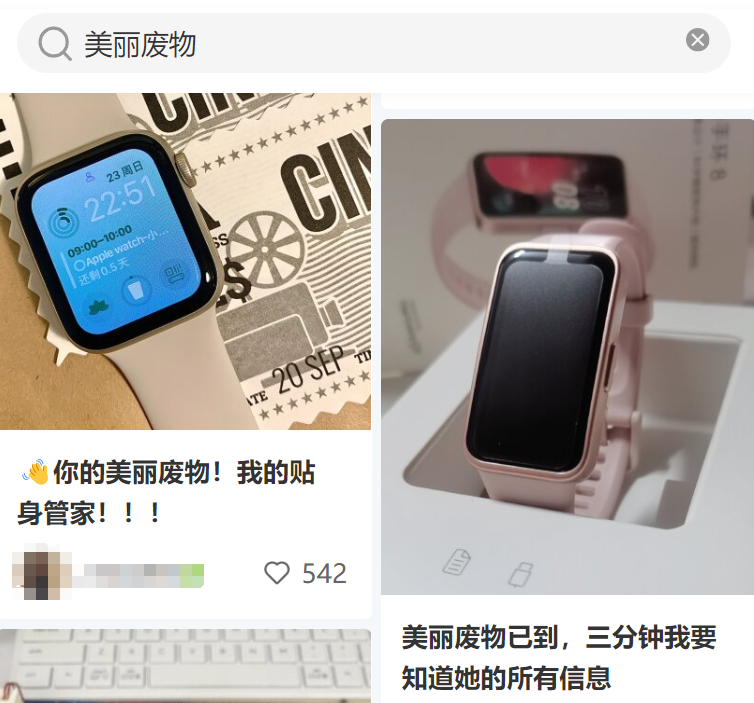
As the public's willingness to consume smartphones becomes weak and the replacement cycle continues to lengthen, smart wearable IoT devices have become the latest focus of major terminal manufacturers.
2023 is coming to an end, and the smart watch market has also "rolled" into a new atmosphere. Apple Watch SE9 once again demonstrates Apple's ability to integrate "smart + fashion" products. This year, Huawei launched the "Extraordinary Master" endorsed by Andy Lau, which is filled with a bunch of technological buffs such as cutting-edge materials, Beidou satellites, and micro-physical examinations. The smart watches just released by vivo and Xiaomi are both equipped with their own self-developed Blue River BlueOS smart operating system and ThePaper OS for the first time. OPPO’s flagship smartwatch OPPO Watch 4 Pro is called the “King of Android Watches” by many users.
It is not difficult to foresee that next year’s smart watches will stage a more intense “dragon-tiger battle”. From "beautiful waste" to "beautiful good", which directions will smart watches roll next?
beautiful waste
Not necessarily a bad thing
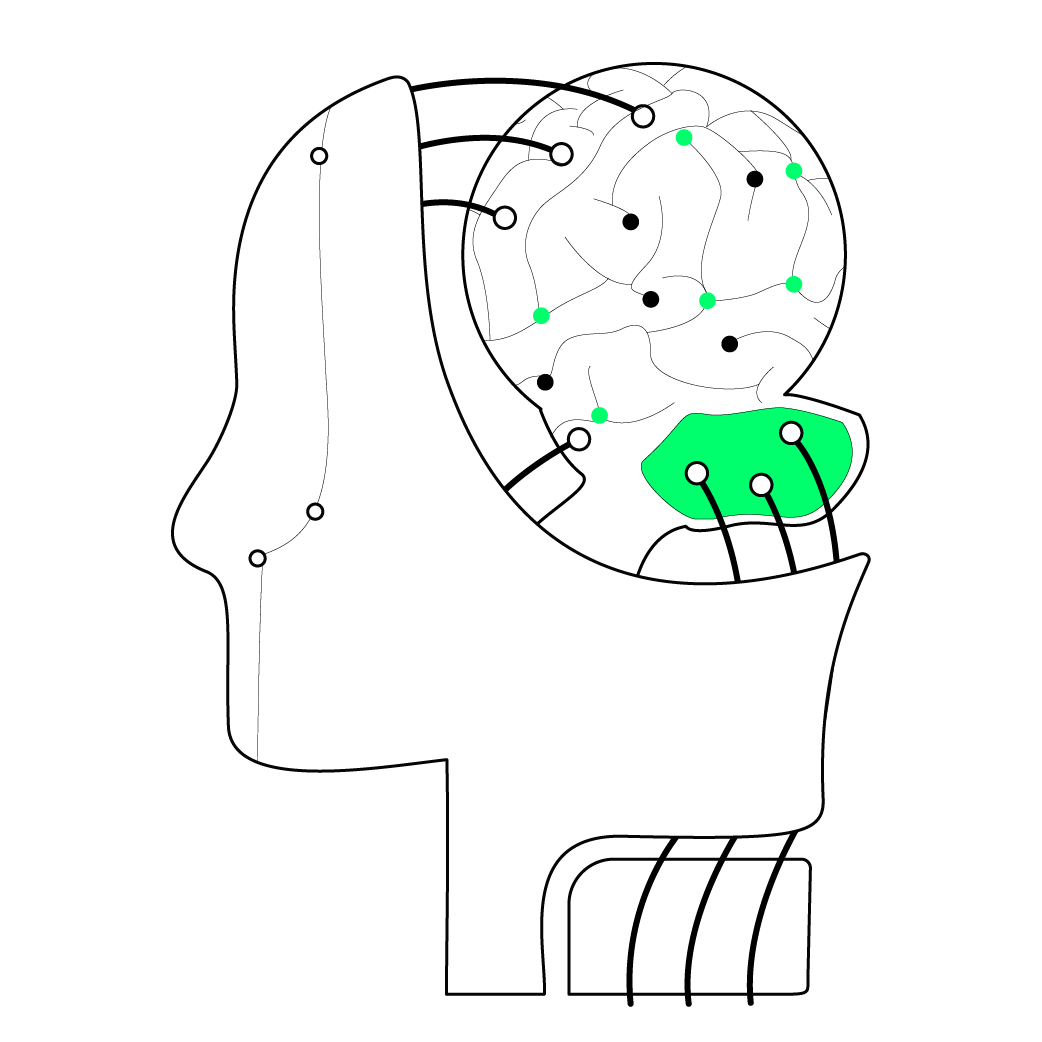
The so-called "beautiful waste" shows that the hardware of smart watches has matured, but the software has yet to be improved.
In terms of hardware, smart technology and fashionable items converge.
In the past ten years, smart watches have flourished. The three mainstream directions of hardware innovation are smart technology watches represented by Apple Watch and HUAWEI Watch, fashion watches represented by Moto 360 and Fossil, and hard-core watches represented by Fitbit and Garmin. sports watch.
In recent years, smart terminal manufacturers have continued to innovate in design, components, and industrial chains, and are no longer inferior to fashion brands in terms of fashion. Apple Watch optimizes the strap to take into account wearing comfort, sensor acuity, and clothing matching needs. Huawei Watch has in-depth cooperation with supply chain partners. The "Extraordinary Master" uses nanotechnology to integrate the antenna into a highly integrated watch box. Metal craftsmanship gives smartwatches the exquisite appearance that high-net-worth individuals value.
In general, the smart watch products of technology manufacturers have gradually accumulated extremely high product engineering capabilities, and can already introduce the exquisite aesthetics of traditional watches into smart wearable devices.
As supply chain partners grow and mature, the prices and costs of advanced craftsmanship and new materials continue to drop. In 2023, Xiaomi and vivo launched price-friendly "national-level watches", which are expected to bring this beauty into every consumer's mind. Between the wrists.
At the same time, we must admit that the software capabilities of smart watches are not convincing enough.
Specifically, only smart watches from first-tier brands can rely on their brand influence to single-handedly persuade users to make purchases, without considering the ecological compatibility with smartphones, headphones and other single products, and are not subject to " The impact of "cost-effective products" and "low-price substitution". Terminal manufacturers with insufficient brand power will find that existing users of smartphones alone cannot carry smart watches.
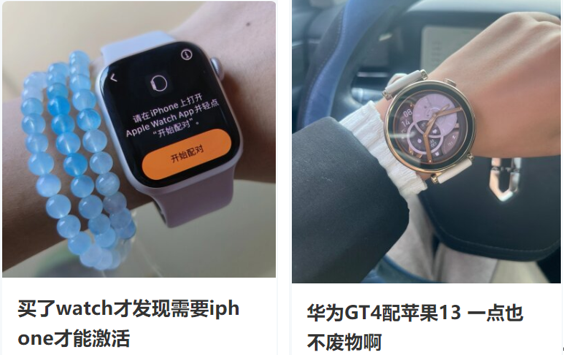
Although the software is "tasteless", the hardware is really beautiful, which makes consumers "love and hate it".
In this case, the improvement of the software level, thereby improving the overall experience of smart watches, is not only a problem for leading brands to "turn waste into treasure", but also a highlight for second- and third-tier watch brands to break the deadlock.
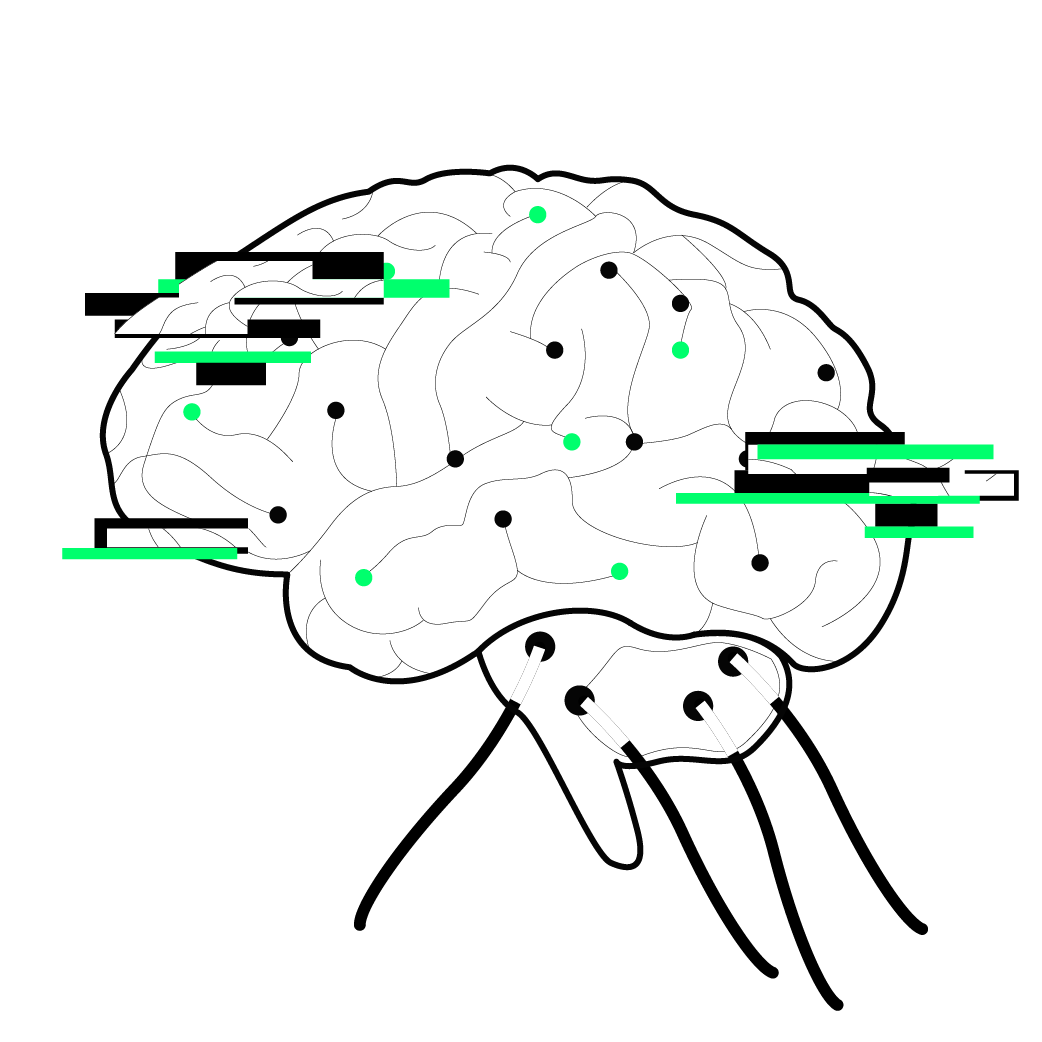
Advanced point 1: Monitoring from sports data
Toward scientific health management
Are there any distrusts among consumers about wearable devices? A professor from the Chinese People's Liberation Army General Hospital raised this question at a digital health salon.
Sports data monitoring is a basic function that almost all smart wearable devices have. However, the collected sports data is "dead" and cannot be used or analyzed. It is the "useless" point of the previous round of wearable devices.
The professor found through research that wearable device health monitoring, equipment and data are credible, but there are "traps" when interpreting data and conclusions. These pitfalls include: whether equipment manufacturers adopt the same standards; the accuracy and reliability of the data itself; and how to reasonably explain the relationship between data and health characteristics.
Health monitoring based on rigorous scientific research is the core competitiveness of head smart watch manufacturers. There are two points of competition:
One is quality.
Whether the data collected by smart watches and the health management capabilities provided by smart watches really have scientific explanations, whether they have medical device qualifications and can really help users effectively carry out health intervention directly determines the quality of smart watch health services.
Traditional smart watches are, first of all, unable to detect and do not integrate corresponding sensors. For example, up to 40% of patients with atrial fibrillation are asymptomatic and can only be diagnosed by going to the hospital for an electrocardiogram. The rate of missed diagnosis is high. Therefore, the value of health monitoring through smart watches is great. Currently, both Apple and Huawei have provided atrial fibrillation screening capabilities on their watches, which can identify and track the early risks of atrial fibrillation and promptly correct behavioral and lifestyle abnormalities of risk groups.

Secondly, it cannot be explained. For example, when a smart watch detects an accelerated heart rate, there may be many reasons behind it. Anxiety, dehydration, anemia, lung infection, and even pregnancy may all cause the heart rate to increase. In the past, smart watches could only provide data to users, but could not understand the principles behind them and give relatively accurate health advice.
At present, digital health capabilities based on scientific research are increasing. For example, the "China Hypertension Prevention and Treatment Guidelines" updated in 2023 will promote professional wearable products into the sequence recognized by medical experts. A study published in "Nature Medicine" showed that the PPG signal (photoplethysmography) of the index finger of 60,000 subjects was collected, and then AI deep learning was used to analyze whether the user had diabetes. The model reported The sensitivity and specificity were 65.4% and 75.0% respectively, indicating that it is feasible to identify diabetes by collecting blood vessel PPG signals on the wrist through smart watches.
To sum up, this type of effective health monitoring based on rigorous scientific research, high quality, and high returns enables smart watches to maintain professional capabilities while maintaining fashionable attributes, renewing the vitality of the product and becoming a popular choice for many middle-aged and elderly people. The "standard" for high-risk young people.
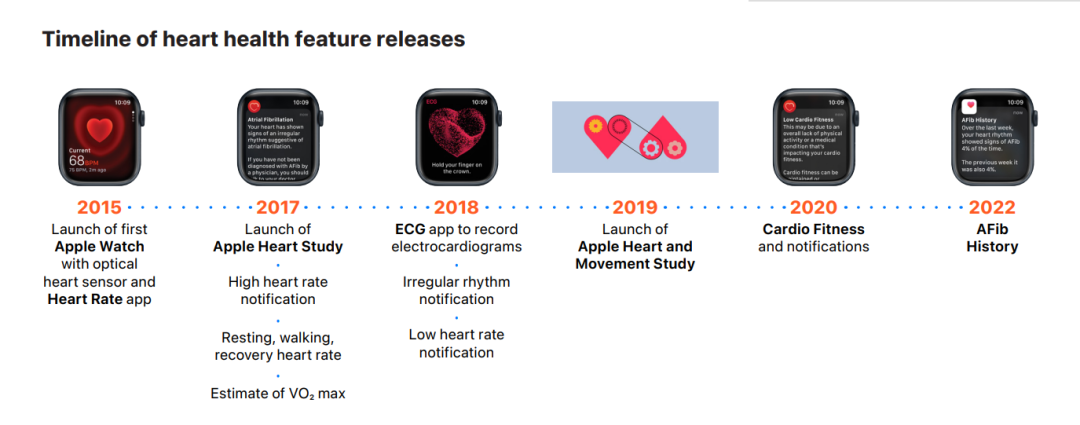
The second is quantity.
There are many types of wearable devices that can provide health monitoring, but the number of effective functions integrated into a device directly determines the value of the product.
For example, some TWS headsets can also provide body temperature monitoring functions, but that's all. They have a large functional overlap with smart watches and can easily be replaced. Some terminal manufacturers have not invested enough in digital health, accumulated limited data and algorithms, and provided relatively few hard-core health monitoring functions. They are not enough to face the "Polygon Warrior".
Among them, Apple and Huawei have many advanced health management capabilities. Apple Watch and iPhone currently offer features focused on 17 areas of health and fitness, from heart health and sleep to mobility and women’s health. In addition, Apple supports patients in more than 10,000 locations and more than 800 medical institutions to use Apple health records as available medical data.

The "micro-physical examination" of Huawei's WATCH 4 series has also been greatly recognized by consumers since its introduction. The core capability is "one watch, sixty seconds, and ten indicators detected at once". The efficiency and portability are greatly improved compared to traditional health examinations. . It is not easy to schedule 8 sets of algorithms and 5 sensors within 60 seconds to complete multi-modal detection and provide health advice based on professional theoretical foundations.
At the HDC 2023 site, I saw a media person experience the function of "detecting lung infection by coughing", which seemed to open the door to a new world.
In general, health is the strongest and most lasting driving force for consumer purchases, and artificial intelligence, as a new software technology, allows smart watch manufacturers to regain the value of data and provide users with professional health solutions. plan. Therefore, smart watches also have the real possibility of leveraging the health industry.
Advanced point two: “Extension” from mobile phones
Become the key to the interaction of all things

Previously, due to innate limitations such as computing power and storage space, smart watches could only be used as an extension of mobile phones, taking on some reduced functions, such as answering calls and playing music.
Regardless of user usage habits or user experience, the performance of smart watches cannot match that of mobile phones. Even due to overlapping functions, a certain competitive relationship has been formed, which is a major reason why smart watches have become "waste".
This year, Huawei’s Hongmeng 4, vivo Blue River OS, and Xiaomi’s ThePaper OS have all been installed on smart watches. The main focus of these operating systems is the Internet of Everything. The operating system is the bridge between applications and hardware. Through the Internet of Everything operating system, mobile phones and watches can better undertake function distribution and complete certain functional differentiations, allowing smart watches to be independent of smartphones and provide a more natural and non-sensory interactive experience. . After all, "raising your wrist" is much simpler than taking out your mobile phone, and is more suitable for linking with other IoT devices in mobile scenarios.
The interaction method with smart watches as the core is difficult to implement on the original Android system. Whether it is security, data interaction, application development, etc., they are all restricted by system characteristics. For example, Hongmeng 4 supports atomized applications and adaptive development. Developers only need to develop once to have the application automatically adapt to different screens such as mobile phones, watches, tablets, etc. Huawei WATCH 4 series realizes scenario-based function integration. For example, Life Card integrates schedule, navigation, WeChat, weather and other applications. "Health Kanban Card" integrates health functions such as heart rate, blood oxygen, body temperature, sleep, etc., and displays them in a centralized manner, making health data clear at a glance.
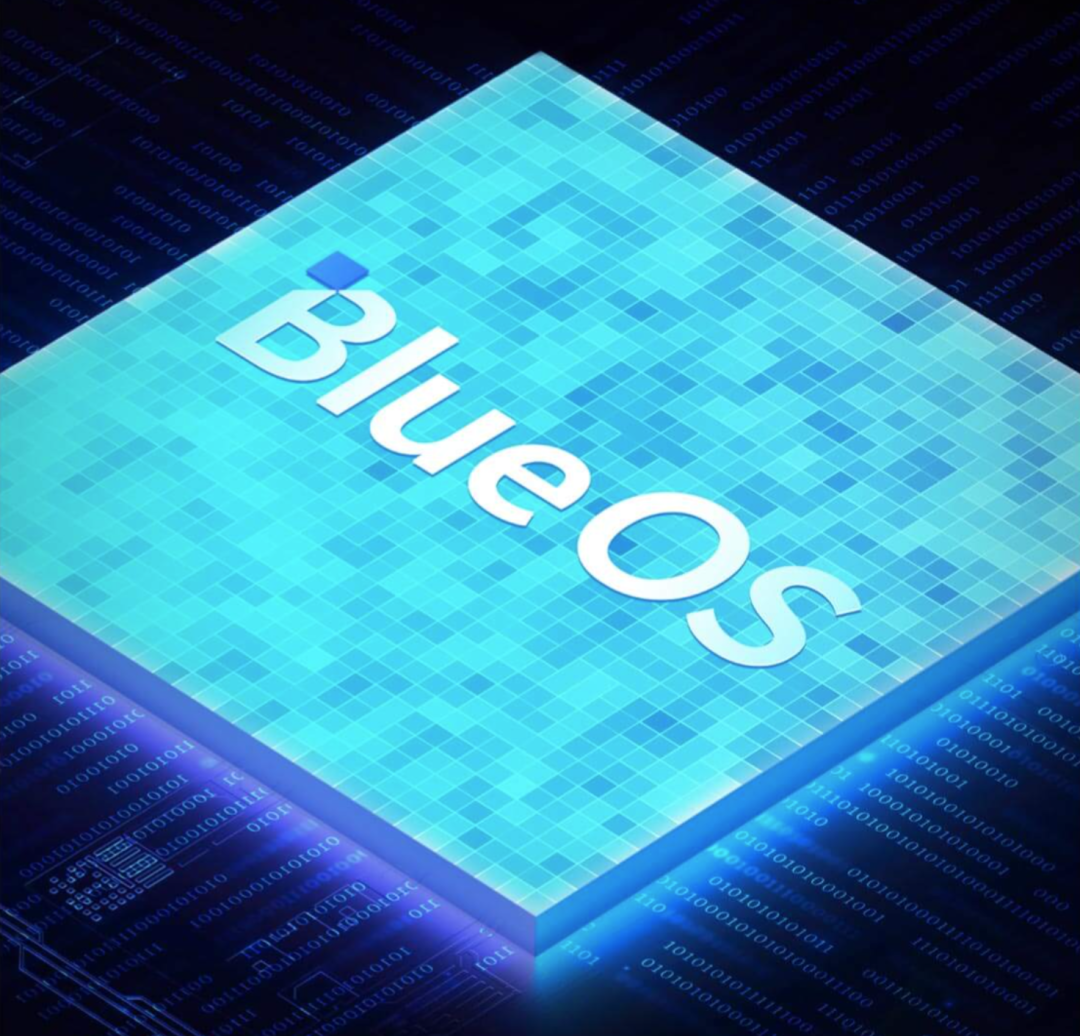
Blue River operating system supports complex intent recognition interactions, and can also comprehensively present the functions that users need most, such as flight information, high-speed rail information, hotel locations, etc. in travel scenarios, providing a shorter and faster interactive experience than mobile phones. .
In 2024, I believe that major manufacturers will, on the basis of self-developed operating systems, combined with new technologies such as AI large models, further explore the potential of wearable devices and explore human-computer interaction methods that are more applicable and consume less resources. , rather than an extension and duplication of mobile phone functions.
Based on the domestic operating system for the Internet of Everything, the interactive experience of smart watches will change from the bottom up.

Advanced point 3: From a single hardware
to life assistant
In order to make "beautiful waste" worth the money, netizens have discovered various functions of "turning waste into treasure" and actively explored applications that can be used on smart watches. But in general, people still need to take the trouble to find services for watches.
This love for “beautiful waste” is touching, but is it possible for watches to actively provide services to people?
From "finding services for people" to "finding people for services", large models + smart assistants, and deep integration with smart watches may be able to change this situation.
We know that large models, as base models, have powerful data analysis and understanding generation capabilities, the ability to schedule multiple AI model algorithms on one base, and intelligent assistants can serve as the service entrance with the shortest human-computer interaction distance. The minimalist entrance + super strong base will bring an unprecedented smart experience to smart watches.
At present, Apple has not announced any progress related to the large model. Apple Watch SE2023 provides life services through the original Siri voice assistant, and its advanced capabilities are not yet known. Domestic terminal manufacturers have launched self-developed cloud-side and device-side large-scale models, and have upgraded their smart assistants.

For example, the Huawei WATCH 4 series that has been upgraded to HarmonyOS 4 can directly call Xiaoyi. It has stronger language understanding and can understand and execute it with natural spoken expressions without the need for precise instructions. Many people find it a bit embarrassing to shout at the smart voice assistant on their mobile phones, and the interaction method of raising their wrist to call is more low-key and natural.
In addition, leading domestic mobile phone manufacturers are currently exploring a lot of user intention recognition and service recommendation based on large models. In addition, capabilities such as intelligent comprehensive sorting are introduced into smart watches. The advantage of this is that on a relatively small watch screen, service information can be made more complex and simplified, and more reasonable. Users will not miss important information or be overwhelmed by complicated information. Inundated with information and applications.
One more thing
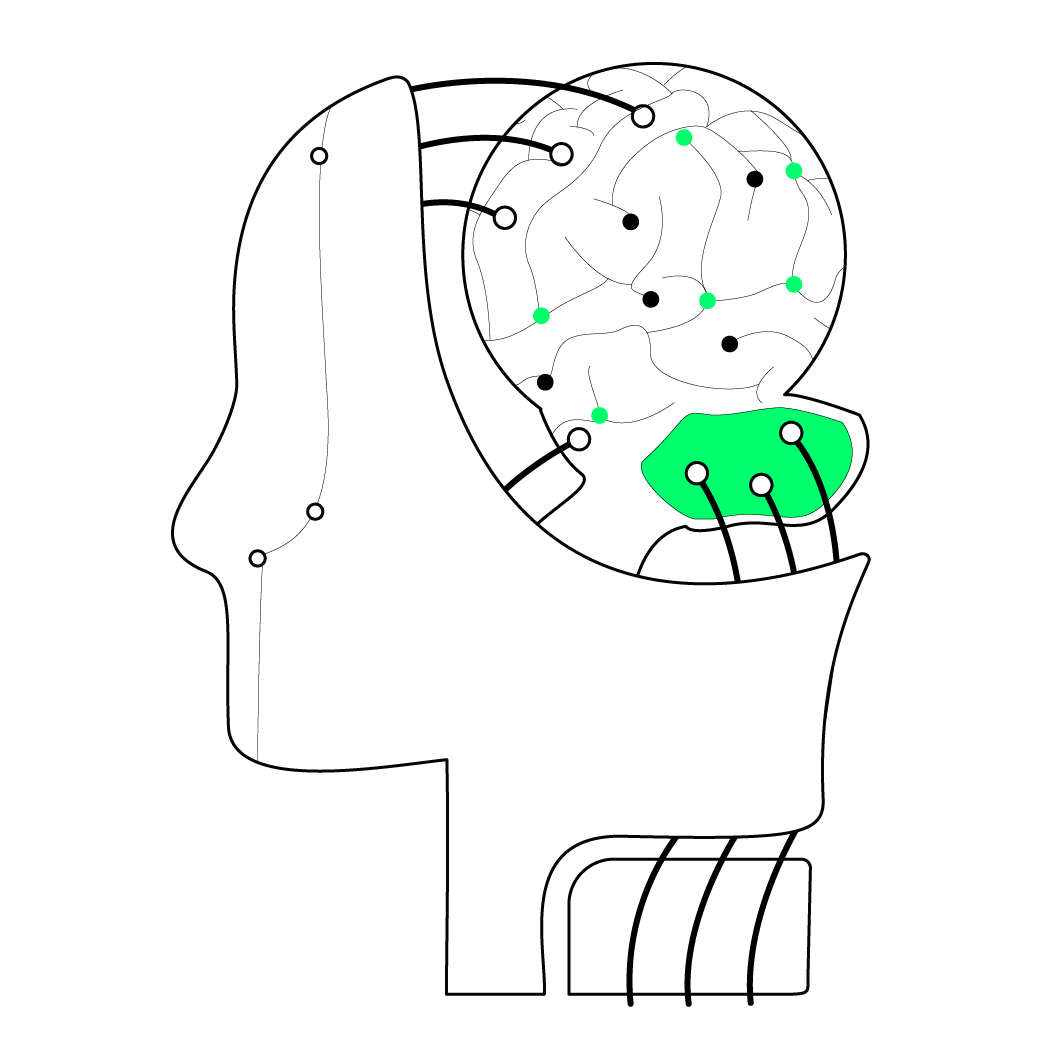
Previously, in a smart terminal ecosystem, the leading products for purchase were smartphones. Judging from the current level of completion of smart watches, higher unit price per customer, greater space for innovation, practicality for sports and health, etc., smart watches Watches are becoming more and more suitable to play this role and become a revenue tool that spans the ecosystem.
And this market is still in its relatively early stages. In addition to Apple and Huawei, whose positions are relatively stable (relying on ten years of accumulation of digital health), other players have just begun to run hard and still have a chance to fight.
In 2023, some manufacturers have explored some advanced capabilities for smart watches, which is the key to getting rid of the "waste" impression of smart watches, and is also the key direction of the next "volume".
At the algorithm level, whether it is health management or interactive control, there is still a lot of room for exploration. Further explore the relationship between physiological indicators and health, multi-feature collaborative health management, and multi-terminal linkage such as people, machines, cars, and watches, so that users can feel the value.
On this basis, hardware (sensors, processes, materials) will also be driven by software and algorithms to improve performance and accuracy. At present, the sensors of smart watches have not yet used very advanced technology, and there is room for continued development and improvement in the future, which may exceed our imagination.
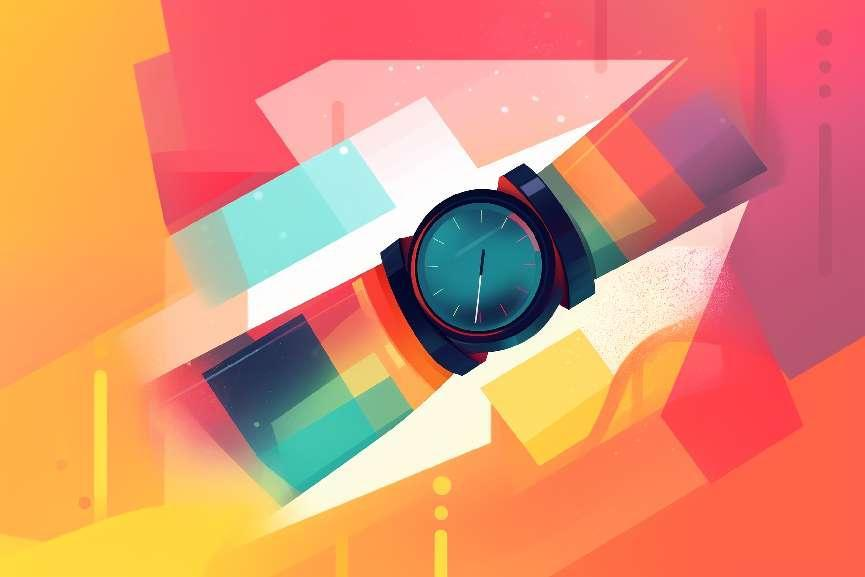
Beautiful but not useless, smart watches will next enter a stage of competition dominated by software. Who can make better use of "basic conditions" such as data, algorithms, and large models, and focus on "ease of use" and software. Investment and excavation will become a key match point.
In 2024, AI large model applications will definitely accelerate. It can be speculated that smart watches have great potential to change the stereotype of "beautiful waste", so you might as well hold on to the money and wait.
